Blog / BIM & Construction Management
The Unique Benefits of Building Information Modeling (BIM)
Categories
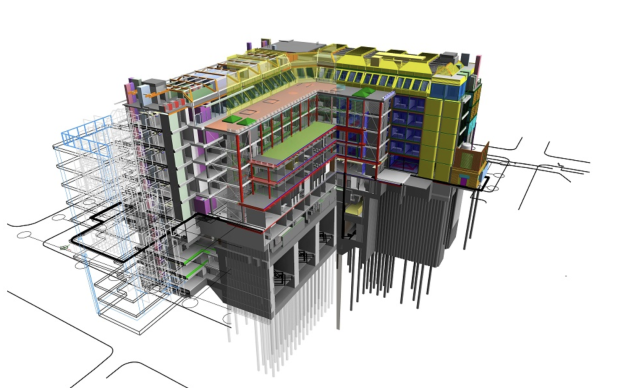
You've probably heard the term BIM in the world of architecture, engineering, and construction. It 's no buzzword. It was, and continues to be, a game-changer for AEC professionals.
BIM is a digital representation process that enables the creation and use of interconnected data models throughout the lifecycle of a building or infrastructure project. BIM encompasses physical and functional characteristics of places, providing a comprehensive digital blueprint that facilitates design, construction, and operation processes with more efficiency, clarity, and collaboration among all stakeholders.
In fact, the benefits of BIM go beyond design and construction, extending to infrastructure development, data management, and strategic planning amongst many others.
Intrigued? Let's dive deep into the world of BIM and explore how a Master’s in Global BIM Management can give you the edge in this competitive field.
Decoding the Advantages: The Top Benefits of BIM
Understanding the core benefits of Building Information Modeling (BIM) can truly shift the game in your favor.
For starters, effective data management is one of the significant benefits of BIM that leads to an array of positives. A well-crafted BIM strategy ensures enhanced efficiency, cost reduction, and quality assurance throughout the project lifecycle. Plus, it radically reduces errors and promotes data-driven decision making.
One of the standout advantages of BIM is its ability to enhance collaboration and provide real-time access to project's data. It is an effective tool that narrows the communication gap by creating a shared platform for various professionals like architects, engineers, contractors, and facility managers. The integration of BIM into your work processes enables remote collaboration and improves decision-making by offering comprehensive and timely information.
Furthermore, the advantages of leveraging BIM extends to project delivery and lifecycle management. BIM strategy and planning enable a faster project delivery by promoting an integrated perspective of the project and effective resource allocation. It also offers a clear understanding of the organizational goals and measures the progress effectively, thus fostering teamwork and increasing productivity in the long run.
BIM also plays a critical role in fostering sustainability. By providing valuable insights and comprehensive data, it helps anticipate potential issues and mitigate associated risks, making your projects environmentally friendly and sustainable.
Moreover, the power of BIM isn't just limited to the here and now. It leaves an overarching impact on the lifecycle of the built asset, providing benefits well beyond the design and construction phase. With BIM, facility managers can gain an in-depth understanding of the asset, making maintenance and eventual renovation or demolition, a much more informed process.
Despite these advantages, it's important to understand that there's no one-size-fits-all BIM strategy – what works for one organization might not work for another. It's a dynamic resource that can offer tailored advantages depending on your unique needs and approach to implementation. However, by being aware of the potential benefits, you're already a step closer to harnessing the full power of BIM.
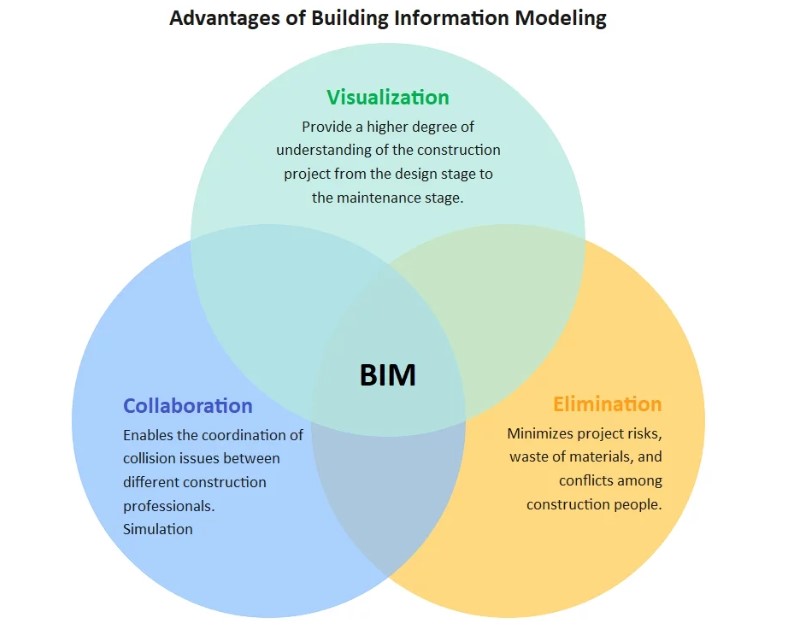
Unveiling the Power of BIM in Infrastructure Development
Discovering the power of BIM in infrastructure development is like unlocking a new level in a saga of progressive design and construction. The keyword here is 'power'. Why is that so? Because BIM goes beyond the traditional boundaries of the 3-dimensional realms. In fact, it integrates additional dimensions such as time, cost, environmental factors, and life-cycle management, thereby propelling infrastructure development into a futuristic dimension of efficiency and productivity.
Employing BIM in infrastructure development projects is synonymous with making a stringent departure from siloed processes to synchronized, integrated, and collaborative approaches. The benefits of BIM, in this case, are numerous - it fosters seamless cooperation, bolsters decision-making, reduces project costs, improves project timeline, and mitigates risks effectively. For instance, transport infrastructure projects such as the planning and construction of highways, railways, tunnels, and airports can benefit tremendously from BIM by enabling accurate simulations, cost estimations, project planning, and risk analysis.
Reflecting on some real-world examples, we can observe how BIM implementation has augmented efficiency in several massive infrastructure projects globally:
For instance, the Muskrat Falls Hydroelectric Generating Facility, one of Canada's most significant hydroelectric projects, employed BIM in its planning, design, construction, and even management phases, leading to high precision and incredible cost savings.
Envision a lifetime of infrastructure development powered by BIM, where every project is streamlined, every decision well-informed, and managing complexities simplified! It's no longer a dream, but a reality that can be realized with BIM. Mastering this tool not only equips you to participate in this reality but also prepares you to lead the transformation.
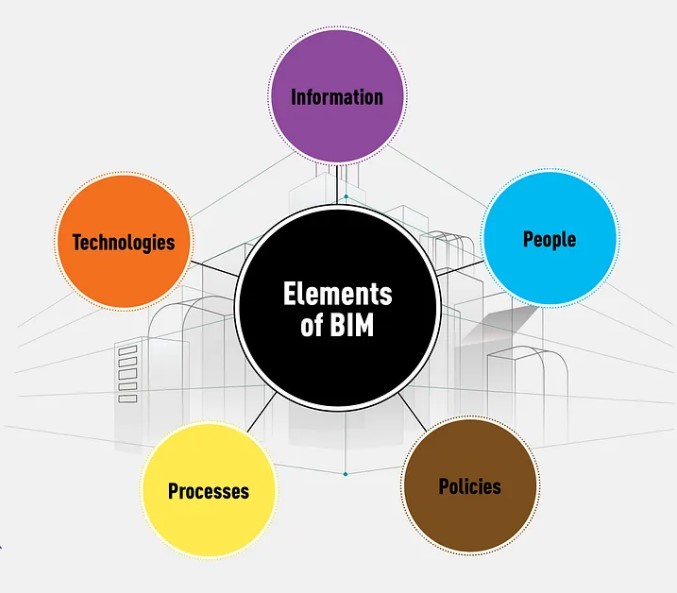
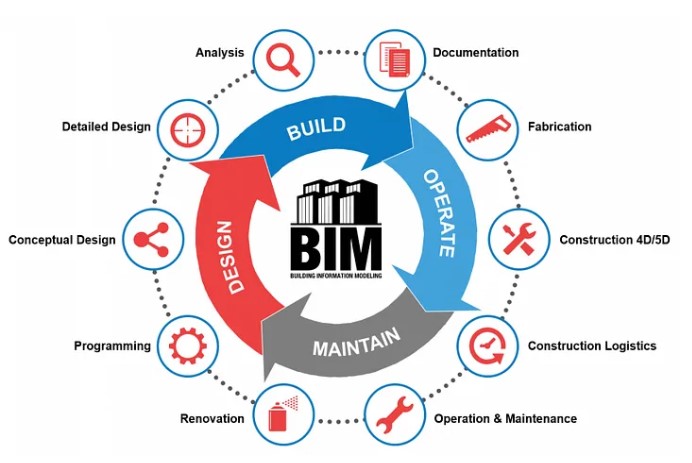
Diving Deeper: How BIM Influences Architectural Decisions
Building Information Modeling (BIM) serves as a central hub for architects looking to bring a vision to life, enriching the architectural design process in many ways. It's like a digital architect's playground where different design elements can be explored, tested, and harmonized. But how specifically does BIM influence architectural decisions? Let's delve further.
One of the main benefits of BIM in architectural processes is its ability to enhance visualization. With BIM, architects can create highly detailed 3D models that communicate their ideas more effectively. It transcends traditional blueprints, rendering more realistic and interactive 3D models. This not only fosters a thorough understanding of the building design amongst all project stakeholders but also helps prospective investors or homeowners envision the end product.
Beyond creating more visually engaging presentations, BIM also allows architects to anticipate and resolve potential design conflicts. Integrated clash detection tools enable them to locate and rectify issues related to elements like HVAC systems, structural parts, and even landscaping elements that may conflict with the architectural design. By identifying and solving these issues in the design phase, BIM can prevent costly and time-consuming adjustments during construction.
BIM also fosters a more collaborative design environment by providing a shared platform for all contributors to communicate effectively. Architects can gain insights from engineers, contractors, and facility managers, thus enhancing the decision-making process. This synergy of ideas all stored in a digital model allows for a more informed and cohesive piece of architecture.
In summary, the role of BIM in architectural decisions cannot be underestimated. It is the linchpin that brings increased visualization, problem-solving capabilities, and collaborative processes to the world of architecture. By leveraging the benefits of BIM, architects can drive project efficiency, guarantee more accurate results, and deliver designs that fully meet the expectations of the client and the project team.

Fostering Efficiency with BIM: A Look at Project Management
When it comes to project management, one cannot avoid the mention of Building Information Modeling (BIM). The adoption of BIM has indeed revolutionized the approach to managing projects, primarily by enhancing efficiency at various stages. Through the application of BIM, project managers can make data-driven decisions, facilitating faster project delivery while ensuring quality assurance.
BIM serves as a strategic asset in the project management approach, drawing from its capability to promote transparency and improve collaboration within construction teams. Because the BIM framework offers an integrated, real-time view of project data, managers can sync with their teams better. They can easily overview the project status, identify potential issues, and implement proactive measures, thereby reducing the risk and minimizing cost overrun.
Moreover, BIM fosters the culture of effective data management. Utilizing the BIM framework means taking advantage of systematic and synchronized data management that equips managers with reliable and timely project information. Such a benefit extends so far as enabling project managers to proactively predict, rather than reactively manage, project outcomes.
Interestingly, one of the less spoken yet critical benefits of BIM lies in its sustainability aspect. With BIM, project managers are not only able to control the immediate project lifecycle, but they can also ensure that the developed structures are sustainable in the long run. This is testament to how the integration of BIM transforms project management from mere overseeing to thoughtful planning and execution.
Ultimately, embracing BIM in project management promises both short-term and long-term gains. Undoubtedly, it's a gamechanger in the realm of project management, paving the way for the efficient and sustainable execution of construction projects.
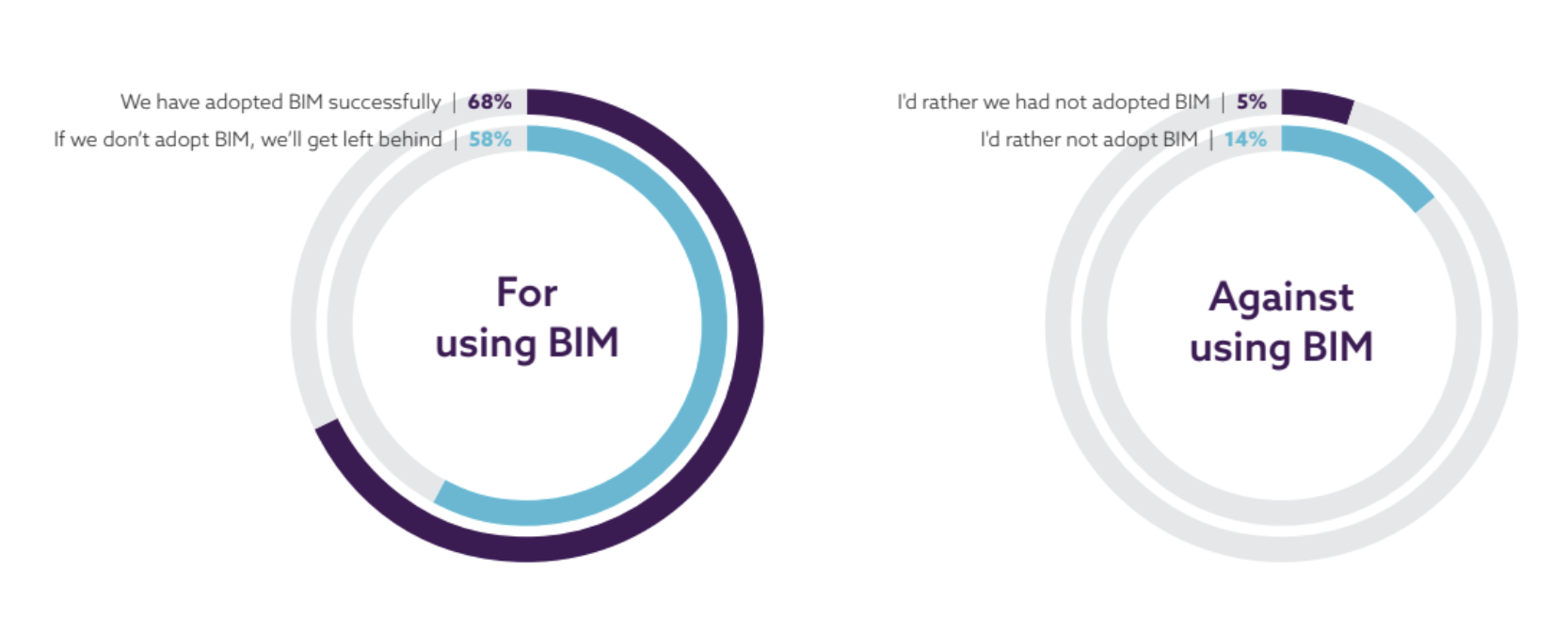

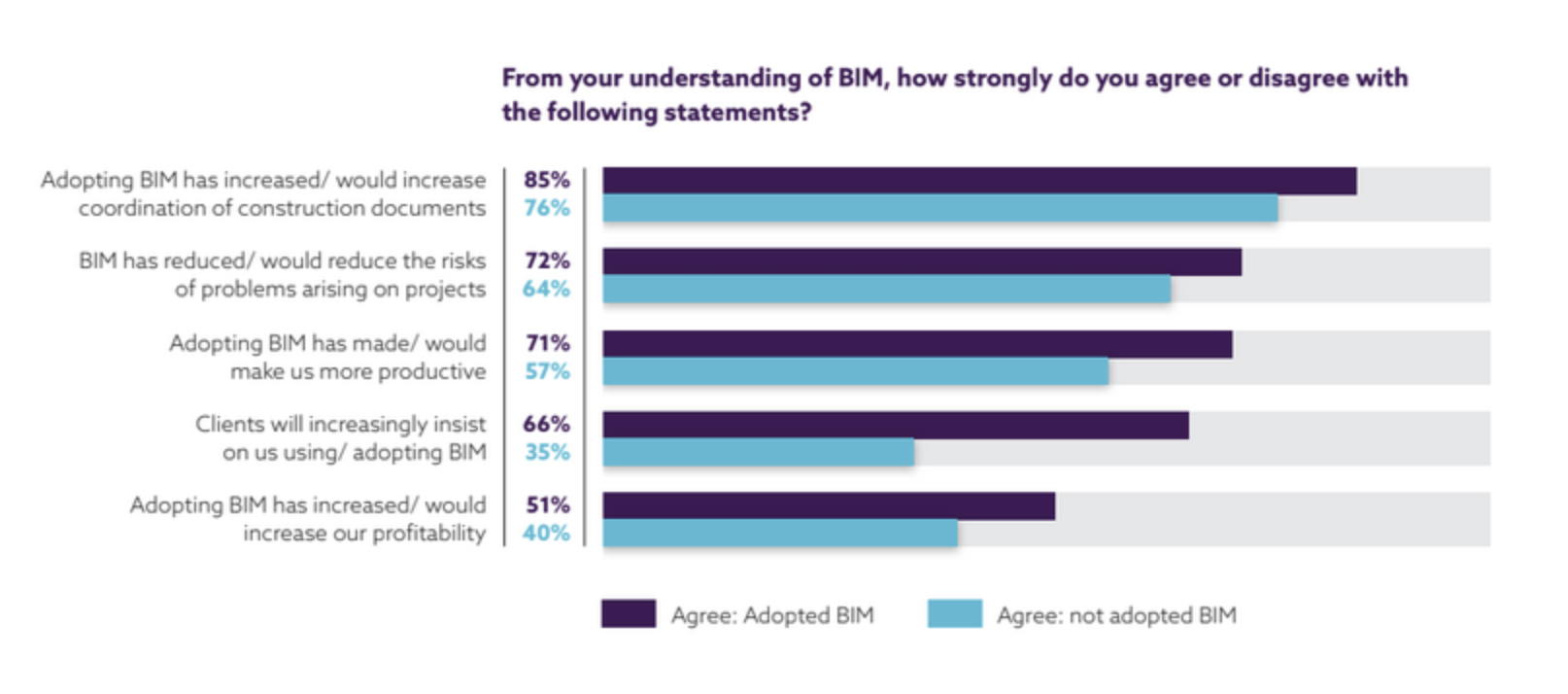
Benefits of BIM: Amazing stats you should know
- Over 70% of AEC professionals believe BIM improves project outcomes (Source: Utilities One)
- 80% of contractors report that BIM reduces project errors and omissions (Source: BIMdesigns.net)
- Companies using BIM have seen a 20% increase in productivity (Source: excelize.com)
- 75% of companies that implement BIM report positive returns on their investment (Source: BIMdesigns.net)
Case Study Analysis: Real-Life Applications of BIM
Now, let’s examine the practical implications of BIM by exploring some real-life applications. We often find that theoretical ideas come to life when applied in practical settings, and that is certainly the case with the Benefits of BIM.
The Astana Arena in Kazakhstan is a striking example of BIM’s capabilities. The 30,000-seat stadium, with its intricate and unique design, was completed in a record 18 months. BIM software played a crucial role in coordinating numerous stakeholders, handling complex designs, and managing tight deadlines.
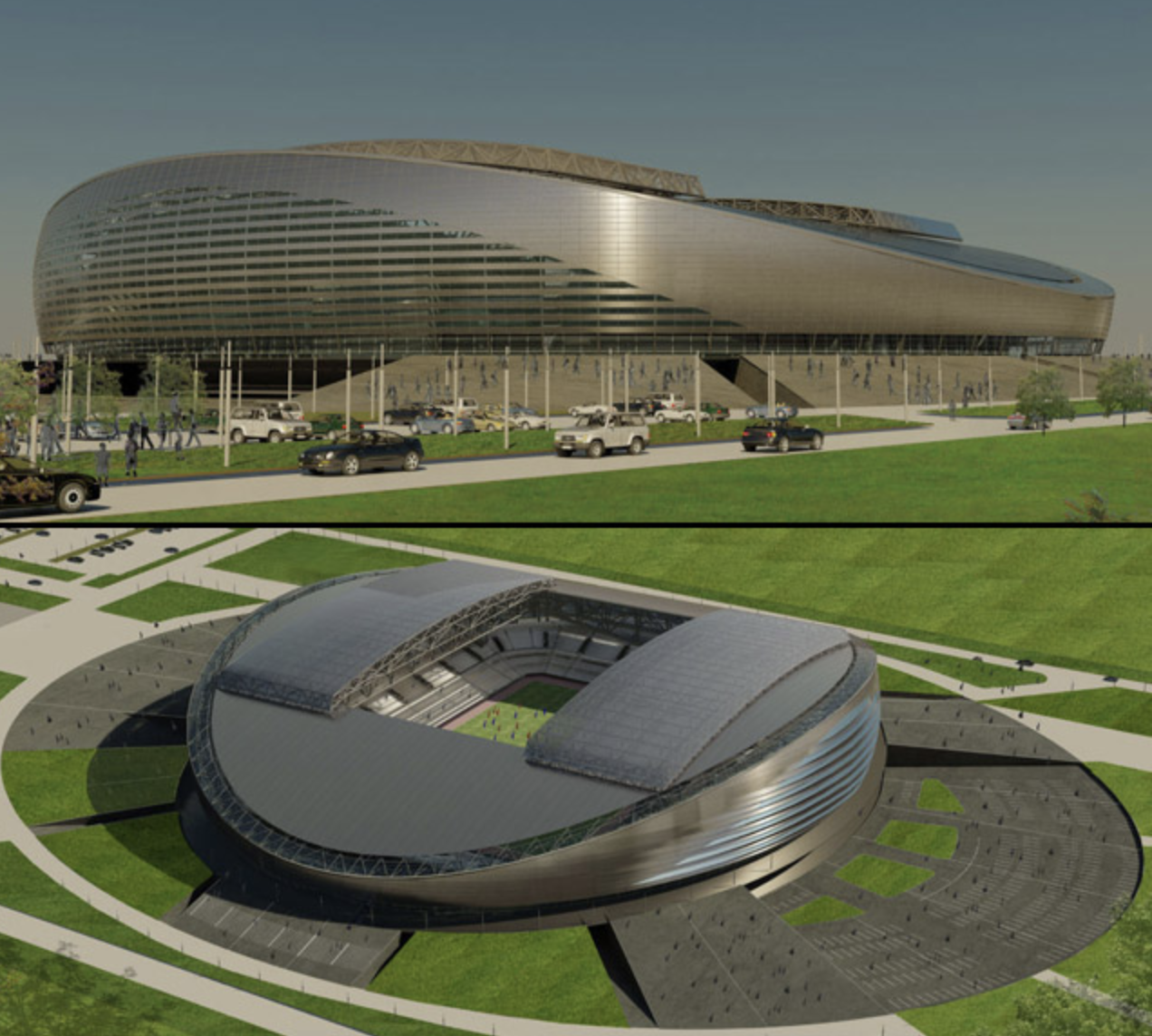
Another notable instance is the Capital Fort Business Centre in Bulgaria. Here, BIM coordination allowed for the office tower's complicated HVAC system to be completed without a hitch. The use of BIM also led to a 30% reduction in installation time, showcasing BIM's effectiveness in facilitating swift and efficient project completions.

Then there’s the New Karolinska Solna hospital in Sweden, one of the largest and most technologically advanced hospitals in the world. The use of BIM allowed the designers and constructors to effectively collaborate, thus minimizing conflicts and redundancies in the final design.

These real-life instances shed light on how BIM can make significant impact in project management and delivery. Each BIM application in a unique setting highlights the versatility of this technology across diverse projects and sectors, reiterating why a Master’s in Global BIM Management provides vital skills for modern construction and architecture professionals.
But, it's not just about having the technical prowess. Key to these successes was companies' ability to deploy BIM strategically, a skill you cultivate when you delve into in-depth study of BIM such as a Master's in Global BIM Management.
Through this lens, you can appreciate the transformation BIM is making in the world of construction and infrastructure development. These case studies show BIM's principles and tools in action, reinforcing their value while providing insights and takeaways for future projects.
BIM in Action: Notable Projects Achieved Through BIM
Let's venture deeper into the realm of BIM with a glimpse at some noteworthy implementations. On a global scale, numerous infrastructure, architectural, and cultural projects harness the power and versatility of BIM.
A quintessential example of the large-scale application of BIM is the monumental construction endeavor of the Beijing Daxing International Airport in China. As one of the world's largest airports, it is a testament to the transformative potential of intensive BIM integration. The architects leveraged BIM's collaborative and communication benefits, creating a shared platform that facilitated seamless coordination among all participating teams. The result was a consistent, quality driven, and efficient design and construction process, resulting in a structurally sound, geometrically complex, and aesthetically pleasing marvel of modern architecture.

Using the strategic BIM roadmap, the construction team managed to cut down significant time, cost, and resource allocation, showcasing BIM's role as a strategic asset in project management. This project set new benchmarks for BIM application, establishing new standards for consistency, quality, and interoperability across major infrastructural projects.
Moving west, we find another shining testament to the power of BIM in the restoration project of the Notre Dame Cathedral in France. This comprehensive undertaking required immense coordination, detail, and precision, tasks ideally suited for BIM software. The digital information models generated using BIM techniques allowed architects, engineers, contractors, and facility managers to communicate effectively, ensuring an accurate recreation of the historical monument's intricate art and architecture.
These projects bring forth the potential of BIM in dealing with architectural challenges whilst ensuring efficient project management. They demonstrate how a practical understanding of BIM, which you can obtain through a Master’s in Global BIM Management, can be a game-changer in the construction industry. Thereby, highlighting the wide-ranging benefits of BIM and the value it brings to any project.
Navigating the Job Market: Opportunities with a BIM Master's Degree
The professional world can appear as a vast, unknown territory, especially in today's rapidly evolving digital economy. Yet, with quality training in BIM Management, the fog clears, revealing a well-marked path lined with numerous job opportunities.
- From project engineers and architectural designers to construction managers and infrastructure builders, the Benefits of BIM spread across a diverse range of job roles. Proficiency in BIM can boost your employment prospects, given the increasing demand for BIM services in the architectural, engineering, and construction (AEC) industry. Several potential employers recognize the value of BIM for effective data management and improved project outcomes, thereby creating more job opportunities in this sphere.
- Moreover, mastering BIM equips you with the technical skills required to navigate complex BIM software. You'll become competent in Design Authoring tools, like AutoCAD, Revit, and ArchiCAD, as well as proficient in Project Review tools such as Navisworks. These are tools of the trade for any successful professional in the AEC industry.
- But it's not just about the technical side of things. This degree also empowers you with the managerial acumen to manage BIM projects effectively. You'll learn about strategic BIM roadmap development, BIM implementation strategies, and how to navigate challenges in BIM integration. You'll also discover how to foster effective collaboration and communication among project stakeholders - a key to achieving optimum project outcomes.
- It's also worth noting that BIM skills are sought after globally. From North America to Europe, Asia to Australia, the importance of BIM is recognized across continents, making this degree a ticket to potential international job opportunities. Combine this with the expected growth of the BIM market - a projected CAGR of 14.5% from 2020 to 2027 - and it’s clear that a Master’s in Global BIM Management can be a massive career enhancer.
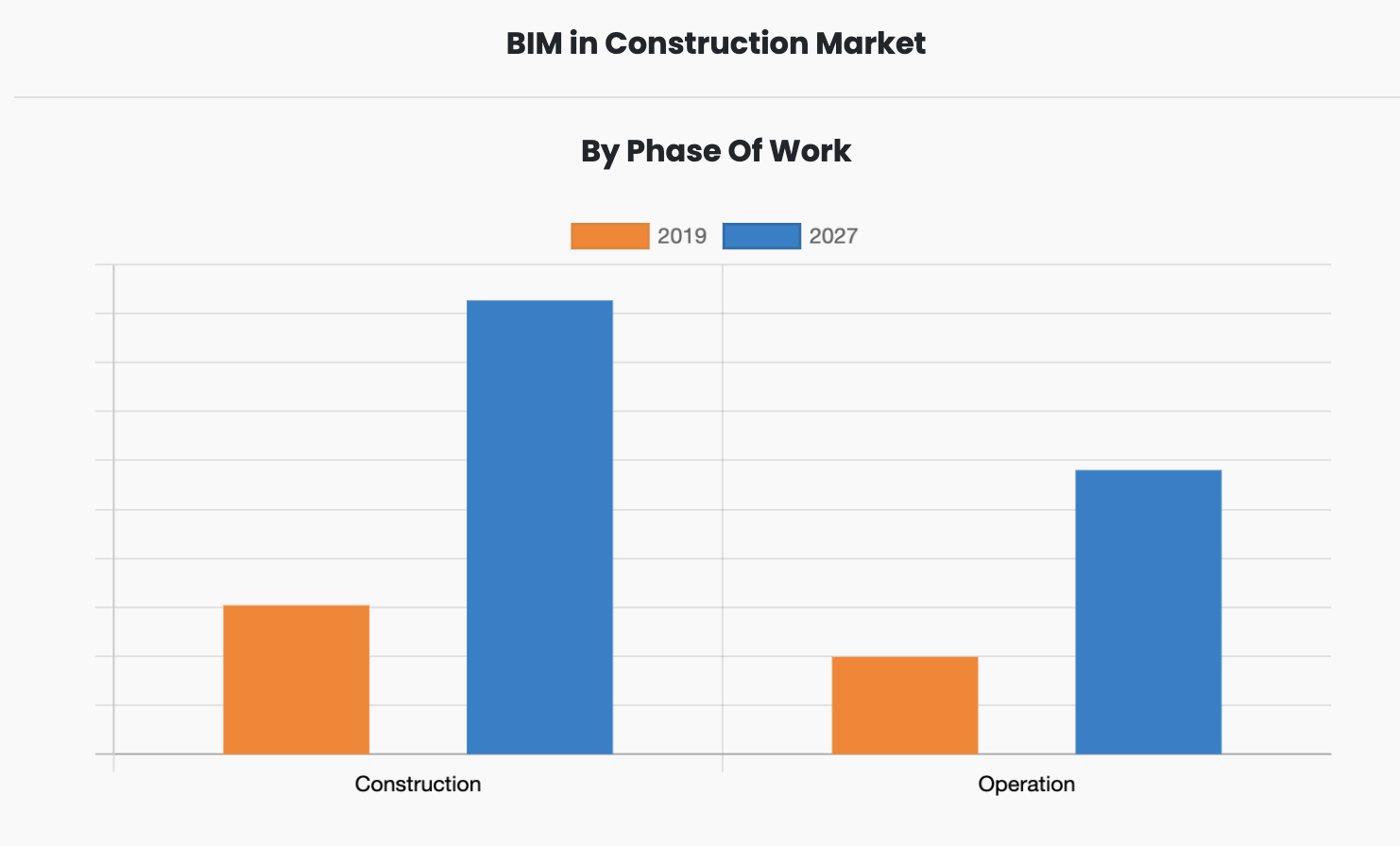
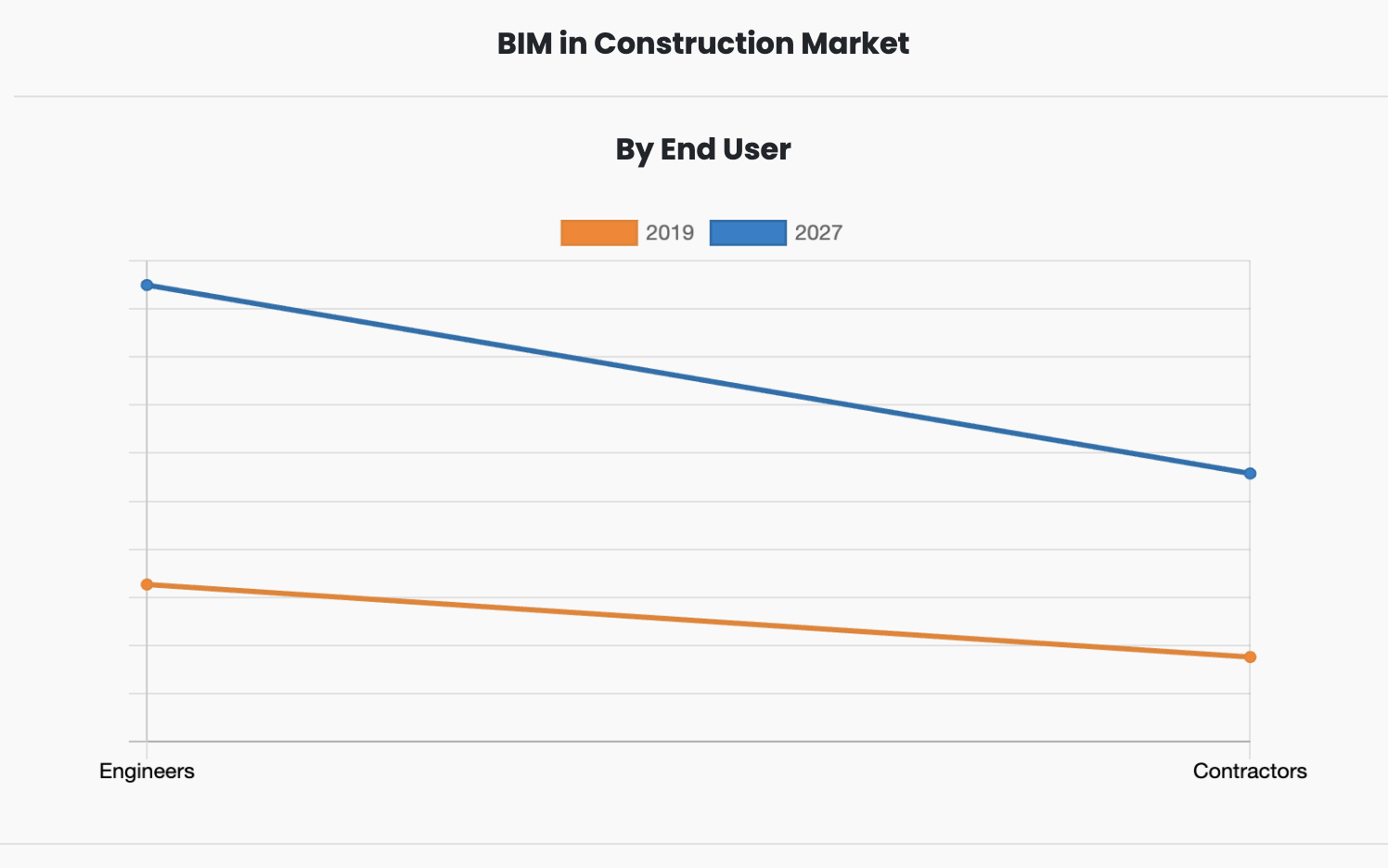
Transforming Career Paths: The Impact of a Master's in Global BIM Management
Aspiring for a unique niche in the competitive construction industry? Look no further than our Master's degree in Global BIM Management. Building Information Modeling (BIM) is not merely a technical tool for architects, but a transformative technology that's redefining the dynamics of project management. Let's explore how a BIM Master's degree can impact your career and bring value to your professional growth.
A master BIM equips you with a versatile skill set that's increasingly sought-after in the infrastructure development sector. You'll get deep insights on BIM integration, which is a strategic asset often employed in the project management approach. Additionally, the course will expose you to the BIM objectives that form the cornerstone of successful transformations.
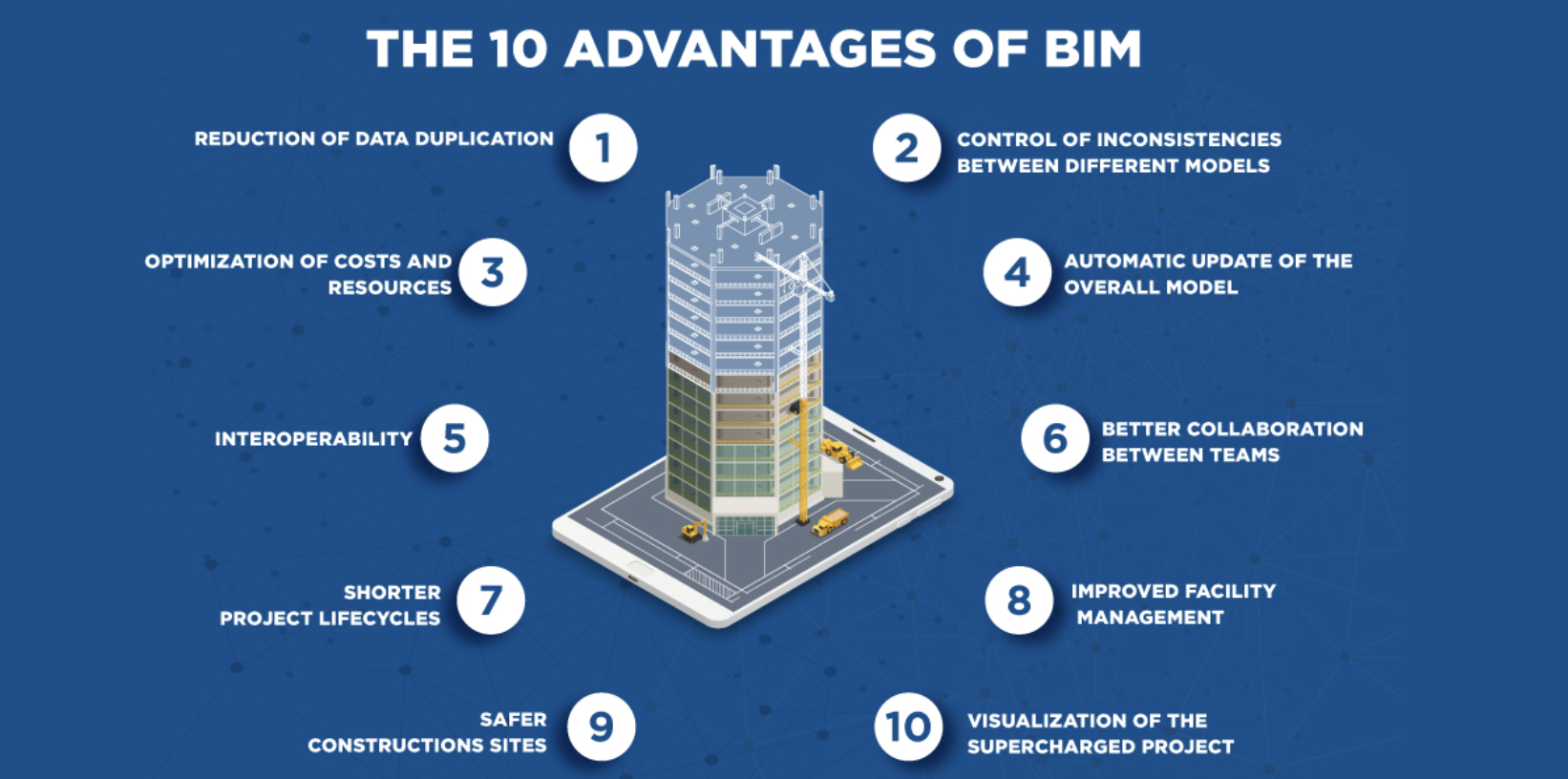
So, what does that mean in practice? Well, with the practical knowledge obtained, you will learn to identify goals and areas where BIM can make a significant impact, making you an invaluable asset to any team. The program also offers an understanding of the benefits of effective BIM strategy and planning in enhancing collaboration, reducing costs, improving project delivery, and achieving efficiency throughout the project lifecycle.
Our Master’s in Global BIM Management extends beyond endowing you with technical skills. It's an opportunity to step in as a leader in a rapidly evolving industry. By understanding how to manage the BIM framework and navigating the complexities of data management, you'll become a BIM champion, empowering projects and steering them towards success.
Related module




